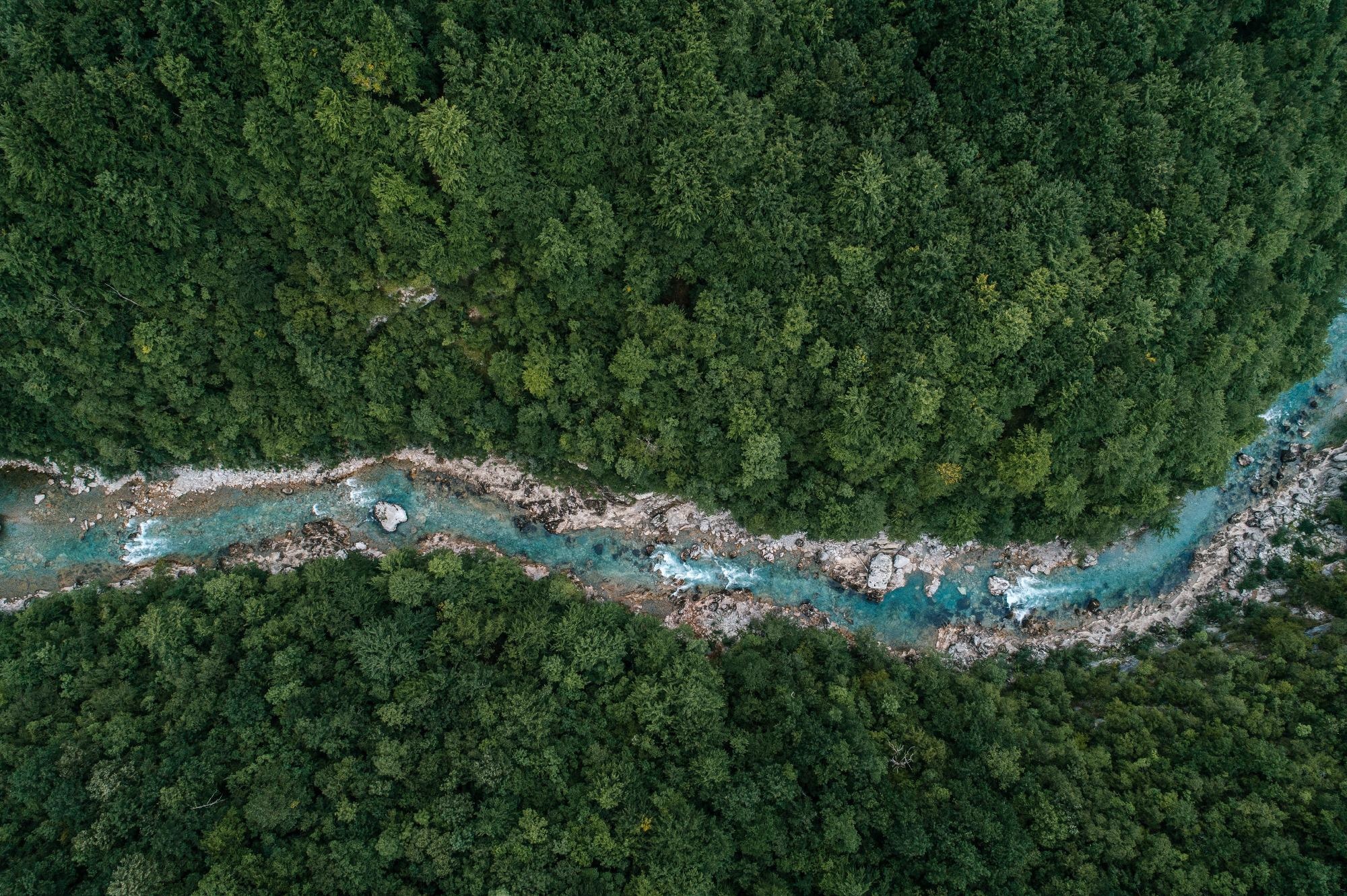Apr 19 2021
Researchers from École polytechnique fédérale de Lausanne (EPFL) have discovered that rivers and streams—or 'running waters'—on an average emit 27% more CO2 at night compared to daytime.

Image Credit: GoncharukMaks/shutterstock.com
That is considered a problem since a majority of the estimates of global CO2 emissions are developed with measurements taken during daytime, thereby leading to a possible bias in the calculation of the universal carbon cycle.
Now, scientists have started to get betters insights into the role of running waters in the global carbon cycle.
A research group at EPFL’s Stream Biofilm and Ecosystem Research Laboratory (SBER)—which had earlier demonstrated that mountain rivers and streams discharge more CO2 (the main greenhouse gas) compared to what was believed earlier—has currently made a significant, new breakthrough together with international collaborators.
In an article published recently in the Nature Geoscience journal, the researchers have demonstrated that CO2 emissions from running waters are considerably higher at night compared to daytime.
This signifies that estimates of how much CO2 is emitted by these waters to the air have been biased too low, resulting in inaccurate calculations of their contribution to the global carbon cycle.
For a long time, scientists had considered that running waters were less significant for global carbon fluxes compared to the oceans, for example. But the river and stream networks get huge amounts of terrestrial organic carbon, which they decompose with the eventual production of respiratory CO2.
Estimating just how much of this CO2 is discharged into the air is very hard. This is because of the complexity of the networks that tend to empty the continents. So far, scientists made their estimates based mostly on measurements performed manually during the daytime.
That is where the SBER researchers identified the bias in the calculation. They discovered that 90% of current measurements were made between 8 am and 4 pm and, by making a comparison of such measurements with data gathered constantly by automated sensors, that CO2 emissions were highest during this 8 am to 4 pm window only 10% of the time.
The team employed automated sensors from 66 rivers across the globe—which included areas previously not well represented, like the Amazon, the Arctic, the Congo, and global mountains—to supplement diurnal measurements with measurements captured at night.
With their meticulous method, the researchers discovered that CO2 emissions were 27% greater on average during the nighttime. These findings reveal how the use of big environmental data and automated sensor networks can untangle so-far hidden dynamics of stream ecosystems, added Tom Battin, the director of SBER.
Larger Fluctuations in the Summer
This difference is due to several factors. The main one relates to photosynthesis – much of the CO2 produced in rivers and streams is absorbed by photosynthesis during the day, thereby reducing the amount that gets released into the atmosphere.
Lluís Gómez-Gener, Study Lead Author and Scientist, Stream Biofilm and Ecosystem Research Laboratory, École polytechnique fédérale de Lausanne
Other factors describing fluctuations in CO2 emissions over a 24-hour period are the temperatures, altitude, canopy shading, vegetation, slope and turbulence of the water. The highest swings in diurnal versus nocturnal emissions were identified to take place in mountain prairies and temperate forests.
Moreover, huge fluctuations were constantly noted at the time of summer and in open canopy reaches, while decreased amplitudes were noted in streams with closed canopies. The reason is sunlight and heat are the main drivers of photosynthesis, and thus CO2 fixation.
The results achieved by the researchers yet again highlight the highly complicated, interconnected nature of rivers and streams with carbon fluxes, and the requirement to develop a more extensive understanding of the mechanisms involved.
Especially, in this case, their study reveals that the role of running waters in the global carbon cycle must be better examined and measured via precise measurements with the help of innovative technologies and methods.
Journal Reference:
Gómez-Gener, L., et al. (2021) Global carbon dioxide efflux from rivers enhanced by high nocturnal emissions. Nature Geoscience. doi.org/10.1038/s41561-021-00722-3.